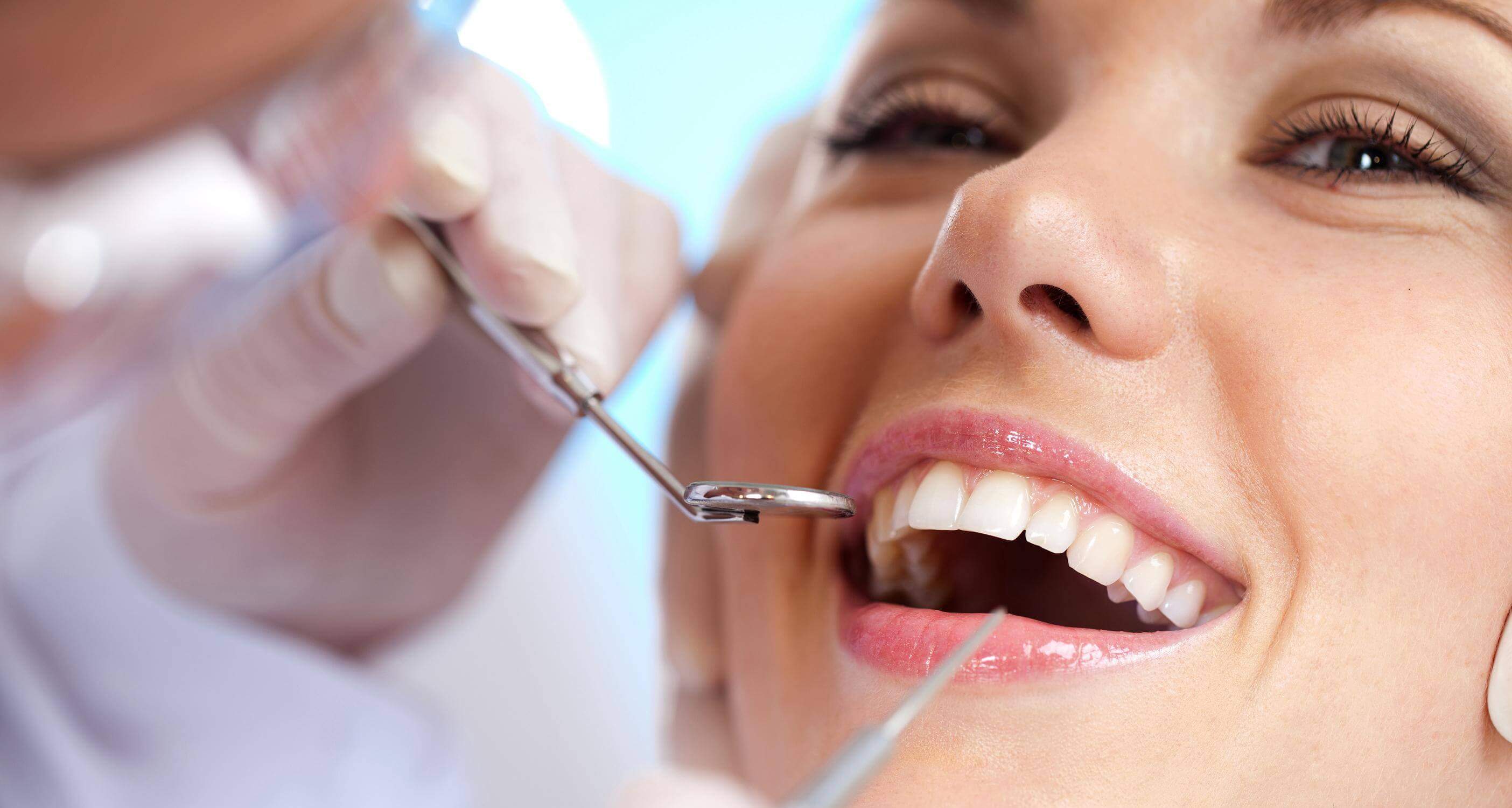It is no longer the 1950’s, and thus the devastating effects of tobacco that once were a mystery to all, are now no longer hidden and are clear and evident for all to see. Anti-tobacco advertisements, package label warnings and word of mouth have quickly and efficiently demonstrated that tobacco is very detrimental for one’s health. However, despite the increased awareness that surrounds the tobacco industry in the modern age, it seems that many people do not realize the true devastating effect that the product can have on oral health. Constant advertisements push that cigarettes can cause lung disease and emphysema, in addition to various breathing related issues. While all of these issues are relevant and very real concerns that surround tobacco, it has often been overlooked that a significant proportion of America’s poor oral health can be linked back to tobacco use. In fact, over half of all cases of gum disease found in smokers in the United States is directly caused by smoking. Many cases of gum disease found in smokers is chronic and can ultimately result in the loss of teeth in victims.

7 Healthy Mouth Habits
A visit to the dentist every 6 months is certainly an important part of maintaining good oral hygiene and for some, a helpful reminder of the things they need to improve upon. Many of us don’t exactly look forward to these bi-annual checkups. We practice outstanding oral hygiene habits the night before or even the morning of, like a student cramming for a test. More often than not, your dentist can tell you haven’t put in the work long-term and will give you the infamous “floss talk”. These appointments are for your benefit but aren’t meant to be the only times of the year you should care about your teeth and gums. You know that ultra-clean feeling of smooth gums and shining teeth you have walking out of your dentist appointment? The goal of daily oral hygiene is to maintain that feeling around the clock. Since you can’t take your dentist home with you (unfortunately), it’s up to you to practice healthy mouth habits to properly take care of your mouth. If you’ve gone past your six month check-up and you’re searching for the best dental care in Los Angeles, contact us today.

Top Causes of Gum Disease
A smile is one of the most powerful things in the world. It can indicate something as simple as a common greeting to a feeling that literally cannot be put into words. That’s why it’s a shame that many people neglect to properly take care of their gums. When most hear the phrase “dental hygiene” they think of their teeth. While it is important to take good care of your teeth, dental hygiene also concerns your gums. In this article, we will explore the top causes of gum disease, gingivitis, and healthy gums preventative tips. If you’re concerned about your gums and would like to ensure they are healthy, schedule a consultation with our best oral surgeon in downtown Los Angeles today.

Top 5 Tooth Decay Causes
Tooth decay, also known as cavities, can be a devastating complication that affects people of all ages and lifestyles. Tooth decay is the destruction of your healthy enamel that occurs regularly throughout your life. Regardless of whether you know it, many of your daily habits could be contributing to the corrosion of your teeth.
When germs and bacteria begin to compile, they eventuate in acid which slowly generates corrosion of your ivories. Tooth decay pain can leave your dental health in shambles and produce various issues for your teeth. Read on and learn more about the common causes of tooth decay.



